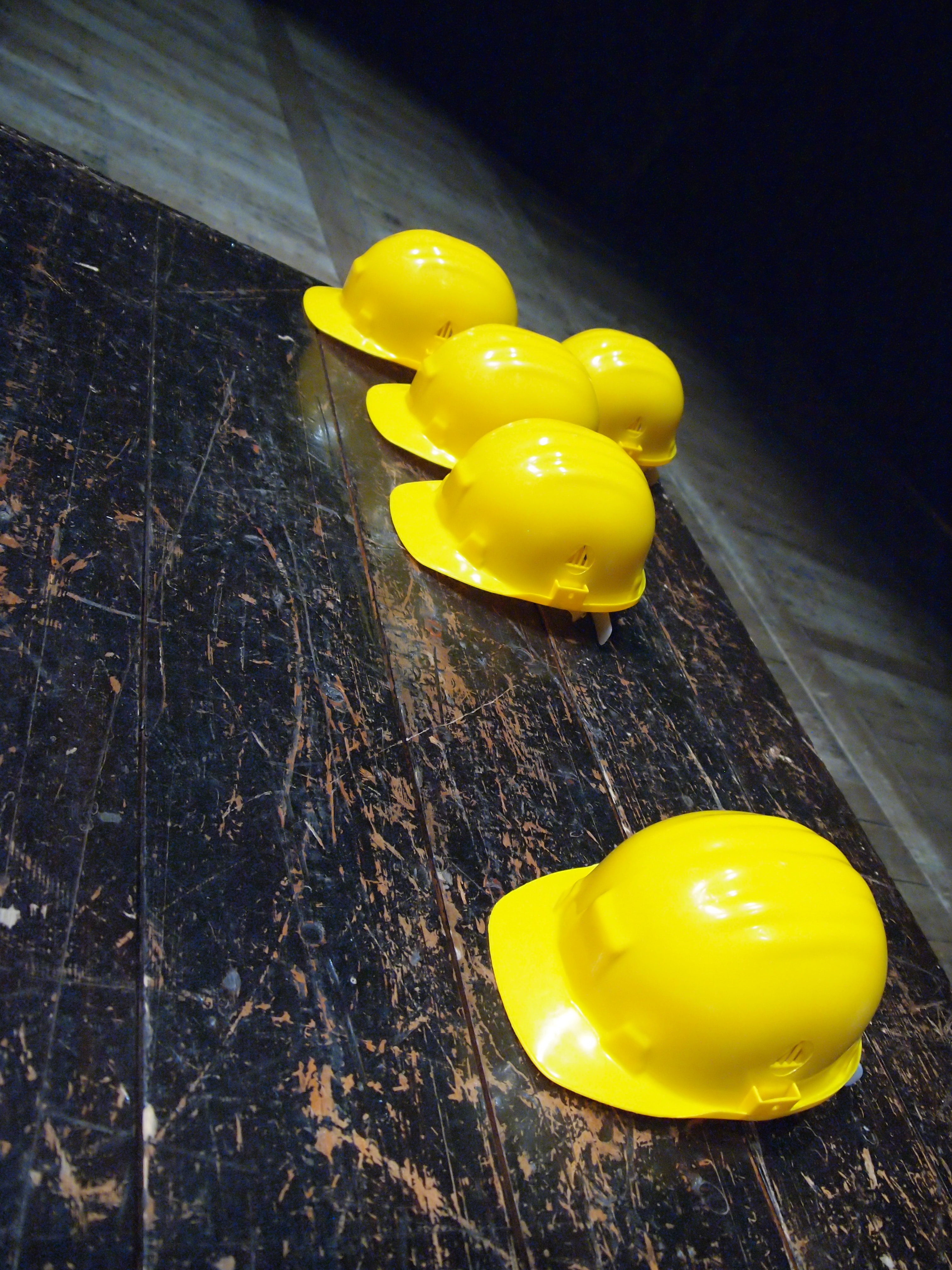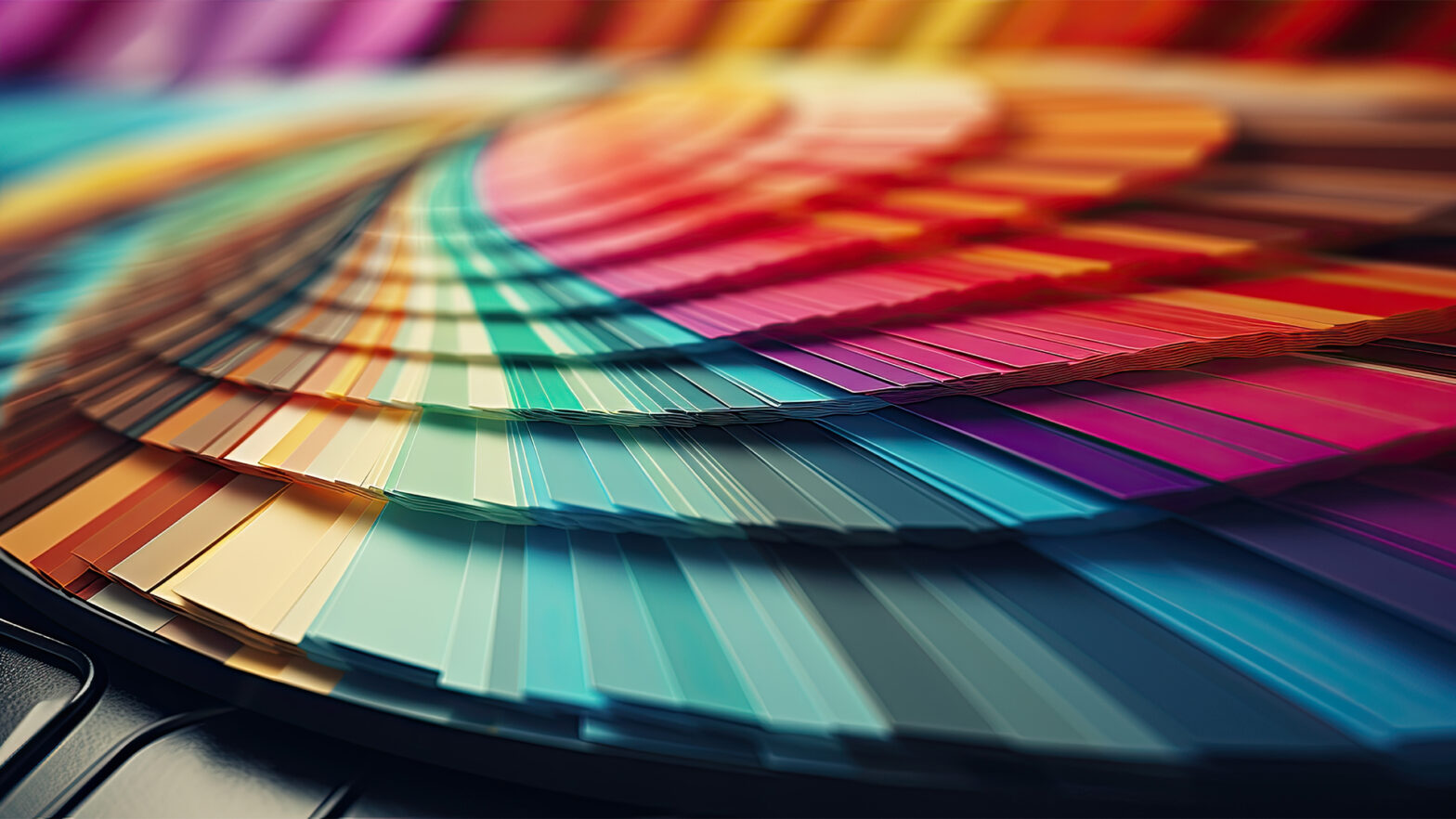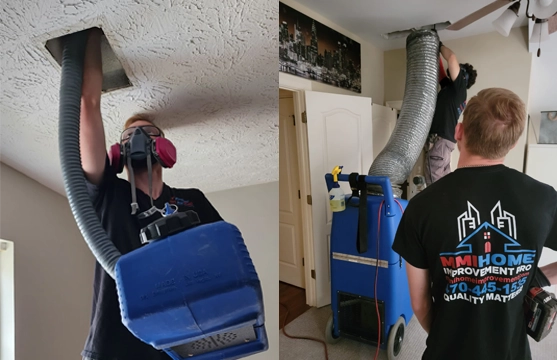Injection molding is a versatile manufacturing process used in industries like construction, engineering, and component manufacturing, known for its high-quality finishes. The process begins by melting materials such as plastics, elastomers, or metals and injecting them into a pre-designed mold. This technique was first developed by John Wesley Hyatt and his brother Isaac and has evolved significantly, particularly during the Second World War when the demand for mass-produced, cost-effective products grew.
The choice of materials is critical in injection molding, with plastics being commonly used due to their durability and moldability under heat and pressure. Molds are made from tough metals like steel or aluminum to withstand repeated use without warping. These molds are precision-engineered for specific components such as automotive parts, medical items, or everyday objects like buttons and combs.
Plastic injection molding, a subset of the process, utilizes various plastics and can produce items in any shape, size, and color. It’s particularly valued for its efficiency and the recyclability of plastics, making it a preferable option for sustainable manufacturing. The molds used are divided into two parts: the injection mold, which shapes the plastic, and the ejector mold, which ejects the solidified product.
The process involves several steps. It starts with plastic granules that are melted and injected into the mold. Once cooled and hardened, the product is ejected and ready for use. The whole cycle is quick, allowing for high production rates and maintaining high accuracy and quality.
Despite its many benefits, injection molding can also face challenges like blistering, burn marks, and color streaking, which can affect the finish of the products. Routine maintenance of the machines and careful inspection during production are crucial to avoid these issues. Techniques like two-shot molding enhance the process by allowing different materials to be combined in one component, adding versatility to the types of finishes that can be achieved.
Insert molding is another technique where a pre-formed part is placed inside a mold, and plastic is injected around it, useful for integrating multiple materials in one step. This is beneficial for making complex parts, such as those with embedded metals or multiple colors.
While plastic injection molding offers numerous advantages like durability, flexibility, and the ability to produce complex designs, there are also disadvantages. The initial setup costs can be high, and the process may not be cost-effective for small production runs due to the significant running and labor costs. Additionally, the space and safety requirements for operating the machinery can be extensive.
Choosing plastic injection molding involves weighing these pros and cons based on the specific needs of the project. Despite potential drawbacks, with careful planning and design, injection molding can be an effective solution for producing high-quality, complex products efficiently and sustainably.


































